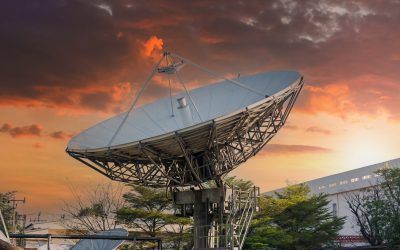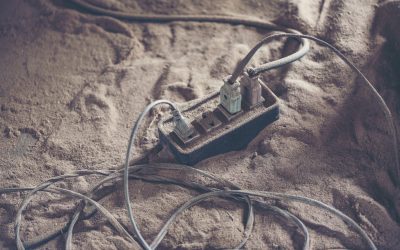Amateur radio, or ham radio, is an engaging hobby that connects individuals across the globe. It involves the use of radio frequency spectrum for purposes of non-commercial exchange of messages, wireless experimentation, self-training, and emergency communication. The role of amateur radio operators in maintaining communication during emergencies is crucial. However, like any activity involving electronic equipment and exposure to various environmental factors, it comes with its set of health and safety risks. This blog will provide essential health and safety tips for amateur radio operators to ensure safe practice within the hobby.
Understanding the Risks
Amateur radio operators are often exposed to risks that, if not managed properly, could lead to health issues or operational hazards. These risks include exposure to high voltage equipment, radio frequency (RF) exposure, and physical strains from the installation of equipment.
1. Managing Radio Frequency Exposure
One of the primary safety concerns in ham radio operations is the exposure to RF energy. RF exposure can lead to various health issues, including, but not limited to, thermal body tissue damage if not managed correctly.
Do’s:
- Adhere to RF safety guidelines: Ensure that all equipment complies with local regulations regarding RF exposure.
- Use RF safety devices: Employ devices like RF meters to monitor the levels of radio frequency energy emission.
Don’ts:
- Ignore time limits: Avoid prolonged periods of transmission which may lead to higher exposure levels.
2. Electrical Safety Precautions
Dealing with high voltage equipment is inherent in amateur radio operations, and proper precautions are necessary to prevent electrical shocks or fires.
Do’s:
- Inspect equipment regularly: Check all cables, connectors, and power supplies for any signs of wear or damage before use.
- Turn off power when not in use: Always disconnect power sources when equipment is not actively being used or when making adjustments.
Don’ts:
- Overload power strips: Plugging too many devices into a single outlet can create fire hazards.
3. Antenna Installation and Maintenance
The installation of antennas, which often involves working at heights, is another area where safety is paramount.
Do’s:
- Use proper climbing gear: Always wear safety helmets, harnesses, and gloves when installing antennas.
- Follow installation guidelines: Adhere to the manufacturer’s guidelines and local building codes to ensure secure and safe antenna installations.
Don’ts:
- Install during poor weather conditions: Avoid installation activities during high winds, rain, or lightning conditions.
4. Ergonomics in the Radio Shack
Operating amateur radios typically involves long periods of sitting which can lead to ergonomic issues.
Do’s:
- Adjust your operating position: Use chairs that provide good back support. Ensure that the equipment layout does not require repetitive long reaches or twisting movements.
- Take frequent breaks: Stand and walk around periodically to avoid muscle stiffness and repetitive strain injuries.
Don’ts:
- Neglect posture: Poor sitting positions can lead to long-term musculoskeletal disorders.
5. Emergency Preparedness
Being involved in emergency communications means that amateur radio operators must be prepared for any eventuality.
Do’s:
- Have an emergency plan: Keep an emergency kit handy, which includes first aid supplies, batteries, a flashlight, and other essentials.
- Participate in regular drills: Engage in community drills to stay sharp on emergency communication protocols.
Don’ts:
- Wait to develop a plan: Delaying the preparation of an emergency plan can be detrimental during actual emergency situations.
The role of amateur radio operators is critical in a wide range of scenarios from hobby communication to emergency response. By following these essential health and safety tips, operators can ensure that they not only enjoy their hobby but also contribute to their communities safely and effectively. Embracing these practices will help in maintaining the long-term sustainability of amateur radio operations and the well-being of the operators.




